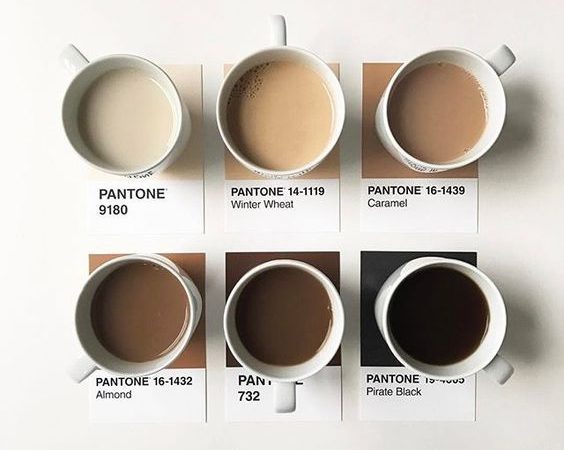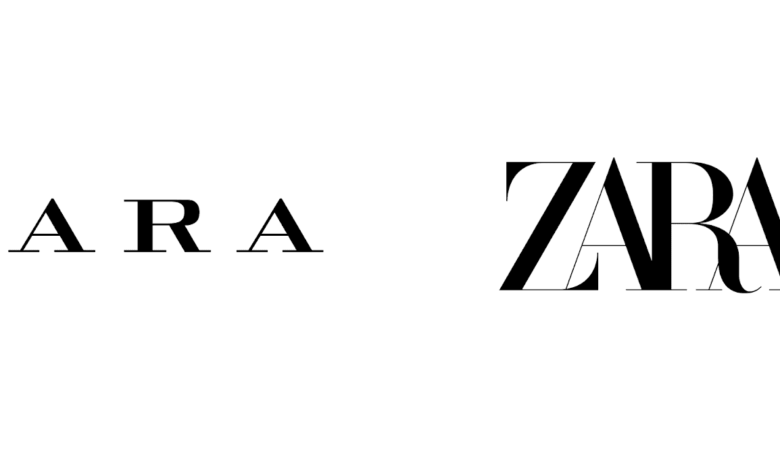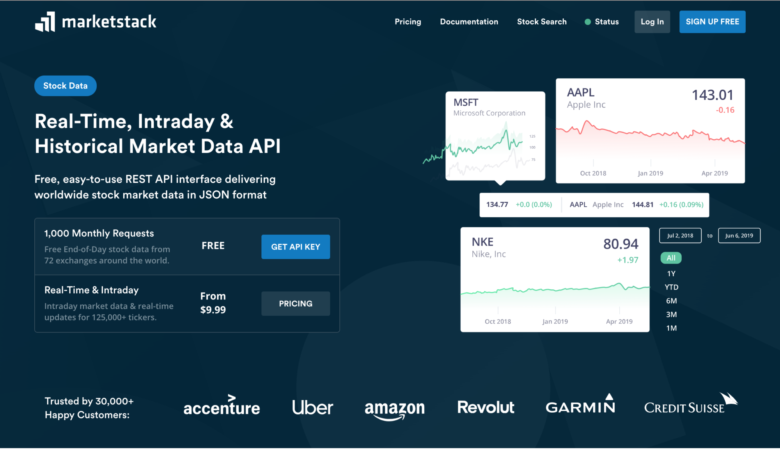When building a new website or re-designing an existing one, web designers are faced with all kinds of significant challenges, including keeping the client happy, creating a site that gets results, and catering to users at the same time. During the design and development process it’s easy to get distracted and overlook the significance of usability. Since we’re the ones creating the site, we know it much better than any visitor will, and sometimes it’s easy to forget about the impact on users.
Building a truly usable website requires the right kind of priorities and testing. With the emphasis only on creating a great-looking site or one that is effectively monetized, usability can easily wind up taking a back seat. Throughout the design and development process, make an effort to view the site as if you were a first-time visitor and see if it changes your opinion on the strengths and weaknesses of the site.
In order to improve the usability of your work, focus on specific aspects of the design that will influence users the most, and make sure that the site holds up in these areas. Here is a look at 10 things to consider.
1. Clear and Logical Navigation
When usability is mentioned, navigation is usually part of the discussion. Without the ability to easily move through the website, visitors are unlikely to find what they want and they’re more likely to leave quickly without really getting to know more about the website or the company. Clear navigation on the other hand will make it simple for visitors to maneuver through the site as they choose.
The navigational approach will greatly depend upon the type of site. Blogs, for example, tend to have navigation that is not quite like any other type of website. The typical blog visitor knows that post titles on the front page are links to full posts, that category links are usually in the sidebar and that date-based archives will allow them to browse through older posts. E-commerce websites will have a different approach entirely, which will focus on helping visitors to find the right products. All of this comes back to usability. When visitors arrive at a specific type of site, they’ll expect certain things, and navigation is a big part of this issue.
2. Clear Communication
Have you ever been to a website where you have spent a few minutes looking at several pages before you could even determine the site’s purpose? I sometimes come across sites that do a poor job of communicating the products or services provided, and I usually wind up leaving if I can’t find something that’s understandable. One of the key issues involved with usability is communication.
There is so much that is involved in communication online. Headlines, taglines, images, colors, design styles, they all say something to visitors. An effective and usable website will clearly communicate it’s message to visitors, and ideally that message should be consistent throughout the website.
3. Targeted, Focused Content
The actual content of the website is often overlooked in discussions on usability, but it will have a strong impact, whether positive or negative, on the experience of visitors. A good website will have a specific audience that it is targeting, and content that is catered to suit this audience. Whether the content consists of blog posts, products for sale, service descriptions, tutorials, videos, or any other type of content, it should be created with the audience in mind.
A website with content that isn’t focused on a particular audience will lack a purpose and will be of little value to visitors. Remember that visitors are coming to a website to find something of interest to them. Hopefully, many of the visitors share similar interests (which will be the case if the audience is appropriately targeted), which makes it fairly simple to provide the right kind of content, you just have to keep the audience in mind.
4. Style that Suits the Audience
Every website will have some people that love the design and others that hate it. No design will ever please everyone, but it should be suited to fit the interests of the target audience. Although no two people will ever have exactly the same opinions on different styles of design, generally people who have similar interests or fit into different demographics will have similar likes and dislikes.
The style that is used for a site’s design should always be influenced by the target audience. For example, grungy websites are often used for extreme sports and for rock bands, two types of sites that are frequently visited by young people that will appreciate the grunge style. You won’t see an effective website for a retirement home with the same style of design. Similar differences in style can be seen in the likes of various cultures.
The look and feel of a website will have an instant impact on users. It’s possible that the minute they first visit a site they’ll feel more comfortable based strictly on the style of design. When a website uses a style that’s embraced by the visitor, it’s a subtle message telling them that they belong at this website and that they’ll fit in.
5. Lack of Interference
A user-focused website will not include such interferences as flashy or annoying advertisements, intrusively located ads, pop ups or pop unders, or anything else that can damage the ability of the user to read and interact with the site. Yes, some of these items are effectively used for legitimate purposes on many websites, but it’s my opinion that they help to accomplish the goals of the website owner and are not used for the purpose of improving the user experience.
If your priority is to create a site places the user’s needs and interests above anything else, interferences should be minimized or eliminated. In the real world, websites usually have other goals, such as making money, that don’t always match up perfectly with the requirements for maximum usability. In these cases you’ll have to use your best judgment, but be aware that any type of interference can take away from the user’s experience.
6 – Ease of Contact
A percentage of visitors to a website will want to contact the owner for one reason or another. Maybe it is to inquire about services that are offered, or maybe it’s about an issue they’re having with the site. Whatever the case may be, some people will want to contact you, and the ease with which they can do so will have a strong influence on their experience on the site.
Not being able to find a way to contact the owner can be extremely frustrating, and it sends a clear message to the visitor that their feedback is not a priority. A few times when I first started blogging I tried to track down other bloggers that were stealing my content. In most cases these people had no contact form or email address listed on their sites. Often times they had very little information about themselves or about their blog. What they did typically have was AdSense. The lack of a contact form communicated to me that their site was built to make money from AdSense and they didn’t have any interest in other bloggers contacting them about stolen content.
Since visitors will be entering your site on various pages, it’s a good practice to include a link to contact information on every page. Think about where you typically will go on a website to find this information. Many websites include a link to a contact page in their main navigation menu and/or in the footer. If the site is large and a link to the contact page isn’t feasible in the primary navigation, most visitors will go to an About page if they’re trying to make contact.
7 – Readability
The user experience is greatly impacted by the readability of a site’s content, particularly on blogs. Two different websites can provide the same exact content, but if one is formatted well for readability and the other one is not, there is a huge difference between the two for visitors.
Most visitors will have no interest in reading word-for-word all of the content on a page. Being able to quickly scan a page or an article for relevant content is very important. You can make this easier on visitors by using whitespace, bold text, headers and sub-headers, lists, etc.
8 – Not Focused on the Website Owner’s Wants
A user-focused website is, by definition, giving priority to the wants and needs of the users. This means that the priorities of the owner will be secondary. Of course, it’s still important to achieve the purposes for which the website exists, such as selling products, but it needs to be done in a way that focuses on the user. Rather than thinking about a website being created around a product or service, think of it as being created around meeting the needs of the user and allowing the product or service to be a part of that solution.
A website’s visitors will be able to tell when they are not being considered by the owner or developer and when the only priority is to get something from them. Obviously, this is not the way to enhance the user experience and make visitors feel at home on the site. In most cases it’s possible to accomplish the goals and objectives of a website and the company as the same time as meeting the needs of users.
9 – Anticipation of User Issues/Questions
Regardless of how well the designer creates a site to meet the needs of users, some visitors are bound to have questions or issues while on the site. The development of a user-focused website should include consideration of likely issues so that they can be addressed easily. Although you will never be able to avoid all of these situations, minimizing the number of unresolved issues will go a long way in improving the user experience.
If you’re seeing signs of problems, such as an unusually high number of questions through a contact form or a very high exit rate from a particular page, steps should be taken to address the issues that exist and make the site more user-friendly.
10 – Accessibility
The topic of user-focus can never be complete without mentioning accessibility. If a visitor is unable to access the site, it is seen as the ultimate sign of a lack of user-focus. In truth, most websites are not 100% accessible. What’s most important is that your site is built to be accessible to your target audience. For example, a slow-loading, flash-based site with lots of elements to hog bandwidth may not be usable to absolutely every visitor, but they can still be effectively used in some cases where the target audience will have access to the site and all of its features.
The issue of accessibility is obviously too big to cover in depth in this post, but it is extremely significant in the context of user focus. Ideally, a site will be accessible and usable for all visitors, but you certainly want to make sure that it’s at least catering to the target audience.
What’s Your Opinion?
On the subject of user-focused websites, what do you look for as signs of designer and website owner’s priorities? As a designer, what are your goals for creating a website that meets the needs and desires of users?





Absolutely fantastic post Steven. Some excellent, very valid and notable points made. Usability is often pushed aside or only considered in terms of the navigation but includes so much more.
I think the point about clear communication and focused content are essential. You can never underestimate the power of well-written copy and it’s presentation. I cannot stand arriving at sites and having to spend more than 5 seconds working out what the hell the company does or provides.
Thanks a lot, I look forward to more posts of this standard.
Nathan
Thanks Nathan. Yeah, I think it’s way too common to have sites that don’t communicate their purpose very well or quickly.
Very much true and a lot of sites don’t follow these
Nice list Steven. All sites should adhere to these points, afterall it’s all about the user.
“8. Not Focused on the Website Owner’s Wants” – I’d like to point a few clients towards this one 🙂
Some good points here,
Amen to #8
It’s never about your (designer) client, but your client’s clients!
I found good points in this post. I think this is not true that a great looking web site does well in the search engines. Besides good design you have to focus that the site has a good content because the good content is very helpful for a web site to rank well in the search engines. And I think that besides home page other pages are very important for marketing and monetizing. Thanks for the good post.
Brilliant post just started a new website so if I follow these pointers I cant go wrong thanks
Steve, I really liked this article. Some sites are purely focused on the business interests and you can see it in what they are doing. Popups, displaying ads before you can see the page etc. Even if they took just a FEW of the ideas from this list our experience of the web would be alot nicer and easier. If there is one thing I look for, its simplicity.
If you look at useit.com they have made it SO simple and you can instantly get what it is the site is for. Even though simplicity has to be balanced with design some sites are unbalanced and create too much design. Effectively forgetting about the user. So a simple design is also crucial.
-Sitelab
Hi, thank you for the insightful article.
Barry,
Good. I’m glad it can help with your upcoming project.
Maybe you are using 10 letters of the alphabet when there can be 26. Oriental designs are always on top in terms of variety of style. Chinese were very good at it.
Really great article Steven! 10 out of 10 to you. You have mentioned most appropriate points in this article.
A a designer I always focus on the target audience. Ultimately they are the people who are going to experience the website. You should maintain proper balance between the design and the content.Each and every element in the web design should be focused equally.
Thanks
Nice Article…
thanks for sharing…
thanks for revising us the basics
Great article! Thanks Steven. Essential reading for anyone building a website. After all, you are creating it for users… aren’t you?
Nice article. Very good points to remind us how to do it right. Thanks!
It’s a good post on Web design. I would argue though that the site needs to have a clear marketing aim before anything else. I tend to think that most websites are a bit like shops that people walk into look around and then leave never to return. A website should engage you. It’s a bit like the shop keeper smiling and introducing himself and asking if he can show you anything interesting. I say that as distinct from a shopkeeper that immediately places what he wants you to buy under your nose and tries to push it on you. The best way I can explain it is that the site should attempt to build a relationship. I like the candy store approach where the shopkeeper gives the kids a gumball for free and then builds on that to get information about what they like so he can sell them the deluxe box of chocolates (hope that makes sense).
In website terms offering additional content in return for an email address (maybe a mailing list or white paper) is a great gumball that begins the relationship. I would argue that any B2C or B2B website should attempt to do this and make it the primary objective. Websites are great at this. In our digital marketing strategy we refer to them as Acquirers. Don’t forget that the website should be part of an overall plan to take the consumer on a journey from someone who has never heard of your client to someone who buys from them habitually and tells their friends about them.
As a last point I think its quite funny that after all your great advice in the post, the ad at the bottom is advertising Flash Websites. Oh the irony of it all and obviously not something you can control.
Great article! Thanks for the input. As a beginner, it’s important to me to get a feel from others as to what does and does not make a great web site.
Just curious…was it an intentional change to go from using a period after the first 5 numbers, then switch to a dash for the remaining 5 in your list?
I did read most of your very informative information. Being very new to the blogging world I find your tips to be very helpful. Thanks
Great post thanks!
It was all making perfect sense… then I saw the banner at the bottom of the page “Create free stunning flash websites”… Flash websites are never “user-focused”.
It is a very good summary. The tenth item deserves to be deepened, mainly about internationalization.
And may be the design must follow technology best trends.
My opinion about: 8.5/10
Thanks for the post – it has addressed the key issues in user focused design. Your point about ease of contact is really good. As a new blogger I am interested to know how often your content has been stolen and what you do about it when you can find the contact info for the culprit.
thanks for this great tips
#5 – Lack of interference.
Like the Google Ads you have to scroll through to start reading the article? Or the huge article list before the comments?
I totally agree with the article, but the website it’s on could learn a couple things from it.
~Logan
Steven,
You rock man! I have read so many posts, day in and day out on these kinds of topics – and you have summarized a big topic into a cohesive article.
Everyone should check out your blog for more resources/articles: https://vandelaydesign.com/blog/
Kayvan Mott
I agree. I also think that item #11 should be cross browser testing to ensure that the design functions across the main browsers/os’s.